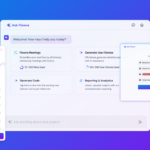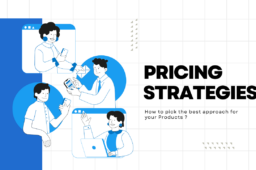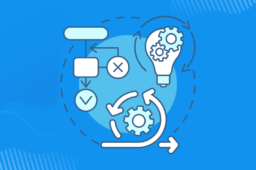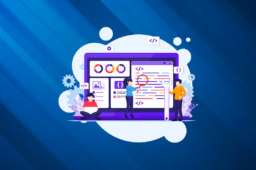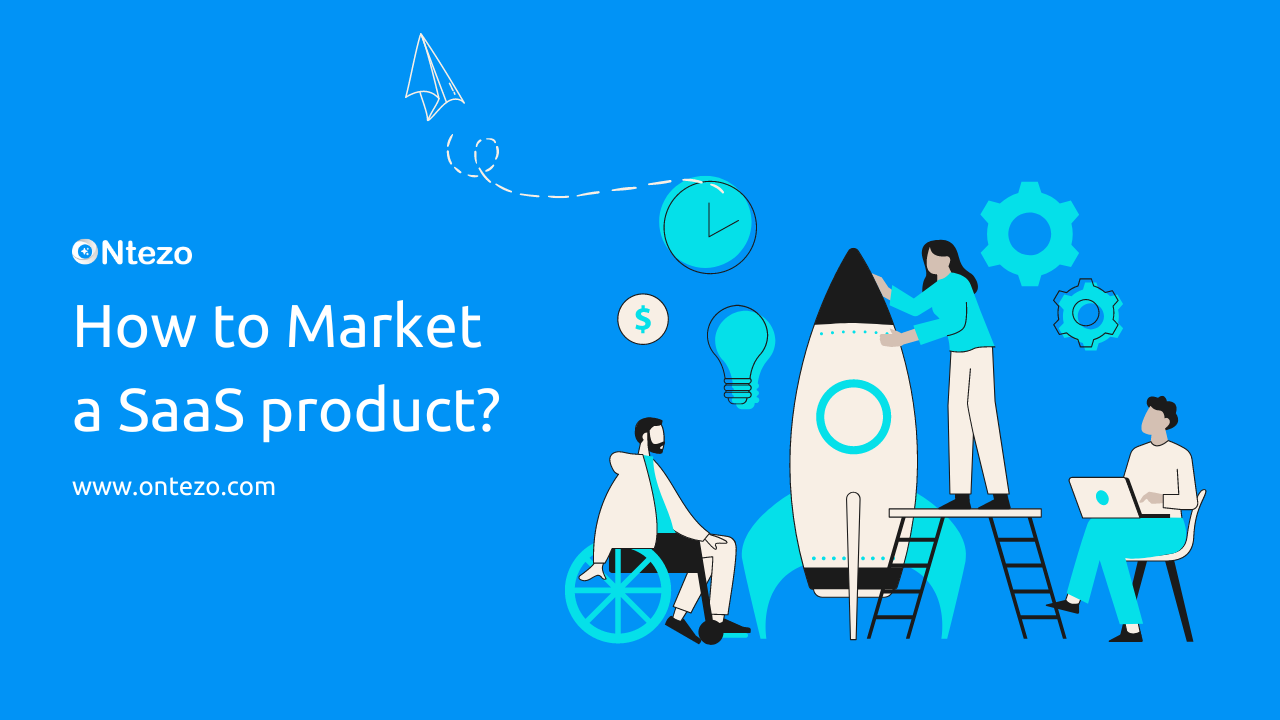
How to Market a SaaS Product: A Comprehensive Guide
- August 30, 2024
- by
- tehreem
Marketing a SaaS product can be challenging, especially in a market flooded with innovative solutions. The key to success lies in understanding the unique needs of your target audience and positioning your product as the best solution to their problems.
SaaS companies often struggle to differentiate themselves in a crowded market.
Without a solid marketing strategy, even the most innovative SaaS products can go unnoticed, leading to slow growth and high churn rates.
By building a strong brand identity, creating valuable content, leveraging social media, and optimizing your conversion funnel, you can effectively market your SaaS product and achieve sustainable growth.
Let’s dive into the strategies you can use to market your SaaS product successfully.
Understanding Your Target Audience
To effectively market a SaaS product, you must first understand who your customers are. This involves defining buyer personas, conducting thorough market research, and identifying the pain points and needs of your audience.
Defining Buyer Personas: Buyer personas are detailed descriptions of your ideal customers. They help you understand what drives your audience, their challenges, and what solutions they seek. According to a study by HubSpot, companies that use buyer personas see a 73% higher conversion rate.
Market Research: Conduct surveys, interviews, and analyze industry reports to gather insights into your audience’s preferences. This data will inform your marketing strategy, helping you tailor your messaging and content to resonate with your target audience.
Identifying Pain Points: Your SaaS product should address specific problems faced by your audience. Identifying these pain points allows you to position your product as a solution, making your marketing efforts more impactful.
Building a Strong SaaS Brand Identity
A strong brand identity sets your SaaS product apart from competitors and creates a lasting impression on your audience.
Crafting a Unique Value Proposition (UVP): Your UVP should clearly communicate the unique benefits of your product. It’s not just about what your product does, but how it solves your customers’ problems better than anything else. Research shows that 64% of consumers cite shared values as the main reason they have a relationship with a brand.
Designing a Compelling Brand Narrative: Your brand story should connect emotionally with your audience. Share the journey of your SaaS product, the challenges you’ve overcome, and the impact you aim to make.
Consistent Messaging Across All Channels: Ensure that your brand voice, tone, and messaging are consistent across your website, social media, and marketing materials. Consistency builds trust and recognition, which are crucial for SaaS marketing success.
Developing a Comprehensive Content Marketing Strategy
Content marketing is essential for educating your audience, building trust, and driving organic traffic to your SaaS product.
Importance of Content Marketing for SaaS: SaaS products often require a higher level of education for potential customers. Content marketing helps bridge this gap by providing valuable information that guides prospects through the buying process. According to DemandMetric, content marketing costs 62% less than traditional marketing and generates about three times as many leads.
Types of Content That Work Well: Create a variety of content types to cater to different stages of the buyer’s journey:
- Blogs: Offer insights, tips, and thought leadership.
- Whitepapers and E-books: Provide in-depth analysis and solutions to complex problems.
- Case Studies: Showcase real-world success stories of how your product helped other companies.
- Video Content and Webinars: Engage your audience visually and offer interactive learning experiences.
Content Distribution Channels: Utilize SEO, social media, and email marketing to distribute your content effectively. SEO is particularly important for SaaS products, as it drives organic traffic. A study by BrightEdge found that organic search drives 53.3% of all web traffic.
Utilizing Social Media for SaaS Marketing
Social media is a powerful tool for building brand awareness, engaging with your audience, and driving traffic to your website.
Choosing the Right Social Media Platforms: Focus on platforms where your target audience is most active. LinkedIn is particularly effective for B2B SaaS products, while platforms like Twitter and Facebook can also be valuable for engaging with a broader audience.
Creating Engaging Content Tailored to Each Platform: Each social media platform has its unique culture and content preferences. For example, LinkedIn is ideal for professional content and thought leadership, while Twitter is great for real-time updates and customer interactions.
Using Social Proof and Testimonials: Share customer testimonials, reviews, and case studies on social media. Social proof builds credibility and can significantly influence purchase decisions.
Paid Social Media Advertising Strategies: Invest in targeted social media ads to reach a larger audience. According to Hootsuite, social media advertising spend reached $89 billion in 2019, highlighting its growing importance in digital marketing.
Implementing Email Marketing Campaigns for SaaS
Email marketing remains one of the most effective channels for nurturing leads and converting them into customers.
Building an Email List with Targeted Prospects: Offer valuable resources, such as free trials, e-books, or webinars, in exchange for email sign-ups. Segment your email list based on factors like user behavior, industry, or role to deliver personalized content.
Creating Drip Campaigns and Personalized Email Sequences: Drip campaigns are automated email sequences that nurture leads over time. Personalization is key—emails with personalized subject lines are 26% more likely to be opened, according to Campaign Monitor.
Best Practices for SaaS Email Marketing: Keep your emails concise, value-driven, and action-oriented. Use A/B testing to optimize subject lines, content, and CTAs.
Measuring the Success of Email Campaigns: Track metrics like open rates, click-through rates, and conversion rates to gauge the effectiveness of your campaigns.
Leveraging SEO to Drive Organic Traffic
Search engine optimization (SEO) is critical for attracting organic traffic to your SaaS website.
Keyword Research and On-Page Optimization for SaaS: Identify relevant keywords, including long-tail keywords, and incorporate them naturally into your content. Optimize meta tags, headers, and content for these keywords.
Importance of High-Quality Backlinks: Build backlinks from authoritative websites to improve your domain authority and search rankings. According to Moz, backlinks are one of the top three factors Google considers when ranking pages.
Technical SEO Considerations: Ensure your website is fast, mobile-friendly, and easy to navigate. Google’s PageSpeed Insights tool can help you identify and fix issues that may be slowing down your site.
Measuring and Improving SEO Performance: Use tools like Google Analytics and Ahrefs to track your SEO performance. Regularly update your content and SEO strategy based on data insights.
Effective Use of Paid Advertising for SaaS
Paid advertising can give your SaaS product the visibility it needs to attract new customers.
Google Ads and PPC Strategies for SaaS: Use Google Ads to target specific keywords related to your SaaS product. PPC campaigns can drive immediate traffic and are particularly effective for high-intent search terms.
Retargeting and Remarketing Campaigns: Retarget users who have previously visited your website but didn’t convert. According to AdRoll, retargeted users are 70% more likely to convert.
Budgeting and Optimizing Ad Spend: Set a budget based on your customer acquisition cost (CAC) and lifetime value (LTV). Continuously optimize your campaigns by testing different ad creatives, keywords, and bidding strategies.
Analyzing Ad Performance and ROI: Track metrics like click-through rates, conversion rates, and cost per conversion to measure the effectiveness of your campaigns.
Optimizing the Conversion Funnel for SaaS
A well-optimized conversion funnel is crucial for turning leads into paying customers.
Importance of a Well-Defined Conversion Funnel: Map out the customer journey from awareness to conversion. Identify potential drop-off points and optimize each stage to maximize conversions.
A/B Testing Landing Pages and CTAs: Test different versions of your landing pages and calls-to-action (CTAs) to determine what resonates best with your audience. According to VWO, A/B testing can increase conversion rates by up to 300%.
Reducing Churn Through Effective Onboarding: Customer churn is a significant challenge for SaaS companies. An effective onboarding process can help reduce churn by ensuring that customers get value from your product early on.
Measuring Conversion Rates and Optimizing Accordingly: Use tools like Google Analytics and Mixpanel to track your conversion rates. Continuously optimize your funnel based on data insights.
Tracking and Analyzing Key Metrics
Tracking the right metrics is essential for understanding the effectiveness of your SaaS marketing efforts.
Essential Metrics for SaaS Marketing: Focus on metrics like Customer Acquisition Cost (CAC), Lifetime Value (LTV), Monthly Recurring Revenue (MRR), and Churn Rate. These metrics provide a clear picture of your marketing performance and overall business health.
Tools and Software for Tracking Performance: Use analytics tools like Google Analytics, Mixpanel, and HubSpot to track your marketing metrics. These tools provide valuable insights that can help you refine your strategy.
How to Use Data to Refine Marketing Strategies: Regularly review your metrics and adjust your marketing strategies based on the data. For example, if your CAC is too high, you may need to optimize your advertising spend or focus on organic channels.
FAQs Section
Q1. What are the most effective marketing channels for SaaS?
The most effective channels include content marketing, SEO, email marketing, social media, and paid advertising.
Q2. How long does it take to see results from SaaS marketing efforts?
Results can vary, but typically, it takes 3-6 months to see significant improvements in organic channels like SEO. Paid advertising can yield quicker results.
Q3. How much should a SaaS company invest in marketing?
A general rule is to allocate 10-20% of your revenue to marketing, depending on your growth stage and goals.
Q4. What role does customer feedback play in SaaS marketing?
Customer feedback is crucial for refining your product, improving customer satisfaction, and enhancing your marketing strategies.
Marketing a SaaS product requires a comprehensive and well-thought-out strategy. By understanding your audience, building a strong brand, leveraging various marketing channels, and continuously optimizing your efforts, you can position your SaaS product for long-term success. Remember to track your key metrics and adjust your strategies based on data insights to stay ahead in the competitive SaaS landscape.

